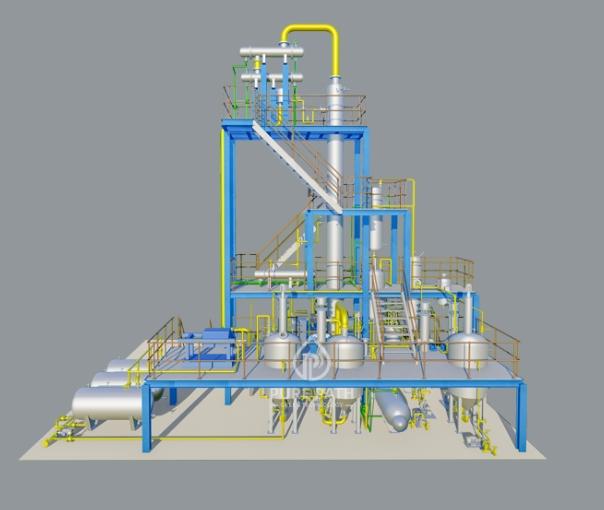In the world of oil extraction, one prominent method involves the use of solvents to dissolve oils from plant materials, seeds, and nuts. Specialized facilities, known as oil solvent extraction plants, play a crucial role in this process. In this article, we will provide an overview of the solvent method of oil extraction, focusing on its key components, processes, and significance in various industries.
what is the Solvent Method of Oil Extraction?
The solvent method of oil extraction is an industrial process used to extract oils from plant materials, seeds, or nuts. It relies on the use of specific chemical solvents, such as hexane, ethanol, or isopropanol, to dissolve and separate oils from the raw materials. This method is highly efficient and widely employed across various industries due to its ability to yield high-quality, concentrated oil extracts.
Key Components and Processes of Solvent Oil Extraction
- Preparation
Before extraction, the raw plant material is cleaned and processed to remove impurities and contaminants. It is then typically crushed or ground to increase the surface area, making it easier for the solvent to penetrate and extract the oils.
- Extraction
The prepared plant material is placed in an extractor, which is often a large vessel or column within the oil solvent extraction plant. The selected solvent is introduced into the extractor, where it interacts with the plant material. The solvent dissolves the oils, creating a mixture known as the miscella.
- Separation
After the extraction process, the miscella is separated into two distinct phases: the solvent-rich phase and the oil-rich phase. This separation is usually achieved through gravity and settling processes.
- Solvent Recovery
The solvent-rich phase, which contains the dissolved oils, undergoes solvent recovery procedures within the oil solvent extraction plant. These processes typically involve evaporation or distillation to recover the solvent for reuse.
- Desolventizing (Optional)
In some cases, the extracted material may still contain traces of solvent. A desolventizing step is employed to remove any remaining solvent, ensuring the final oil product is solvent-free.
- Refining (Optional)
Depending on the intended use of the extracted oil, further refining steps may be applied to remove impurities, pigments, or undesirable components, resulting in a purer oil product.
Advantages of the Solvent Method of Oil Extraction
The solvent method of oil extraction offers several advantages:
- High Yield: It can achieve higher oil yields compared to some other extraction methods, ensuring efficient utilization of plant resources.
- Versatility: Solvent extraction can be applied to a wide range of plant materials, making it suitable for extracting oils from diverse sources.
- Consistent Quality:It produces oils with consistent quality, making it a preferred choice for industries where product uniformity is crucial.
- Efficient Separation: The separation of oils from other components is efficient, resulting in purer and more concentrated extracts.
Applications of the Solvent Method of Oil Extraction
The solvent method of oil extraction is widely used in various industries due to its efficiency and versatility, with oil solvent extraction plants being integral to this process. Some common applications include:
- Cooking Oils: The extraction of vegetable oils like soybean, sunflower, and canola oil heavily relies on the solvent method and dedicated oil solvent extraction plants to produce high-quality oils with longer shelf lives.
- Essential Oils: Many aromatic and medicinal plants yield essential oils through solvent extraction, which are extensively used in perfumes, aromatherapy, and pharmaceuticals.
- Nutraceuticals: Health-beneficial compounds, such as omega-3 fatty acids from fish oil or antioxidants from plant sources, are often extracted using solvents and specialized oil solvent extraction plants to produce concentrated extracts for dietary supplements.
- Industrial Uses: Industries use solvent extraction to extract oils from various raw materials used in manufacturing, including rubber, plastics, and textiles.
Conclusion
The solvent method of oil extraction, often with the help of special plants, is a flexible and effective way to get oils from plants. It's used in different industries to make high-quality, strong extracts. People use these extracts in things like cooking oils, essential oils, and health supplements. As technology gets better and people worry more about the environment, scientists are looking for greener solvents to keep the solvent method of extraction important in oil production.


